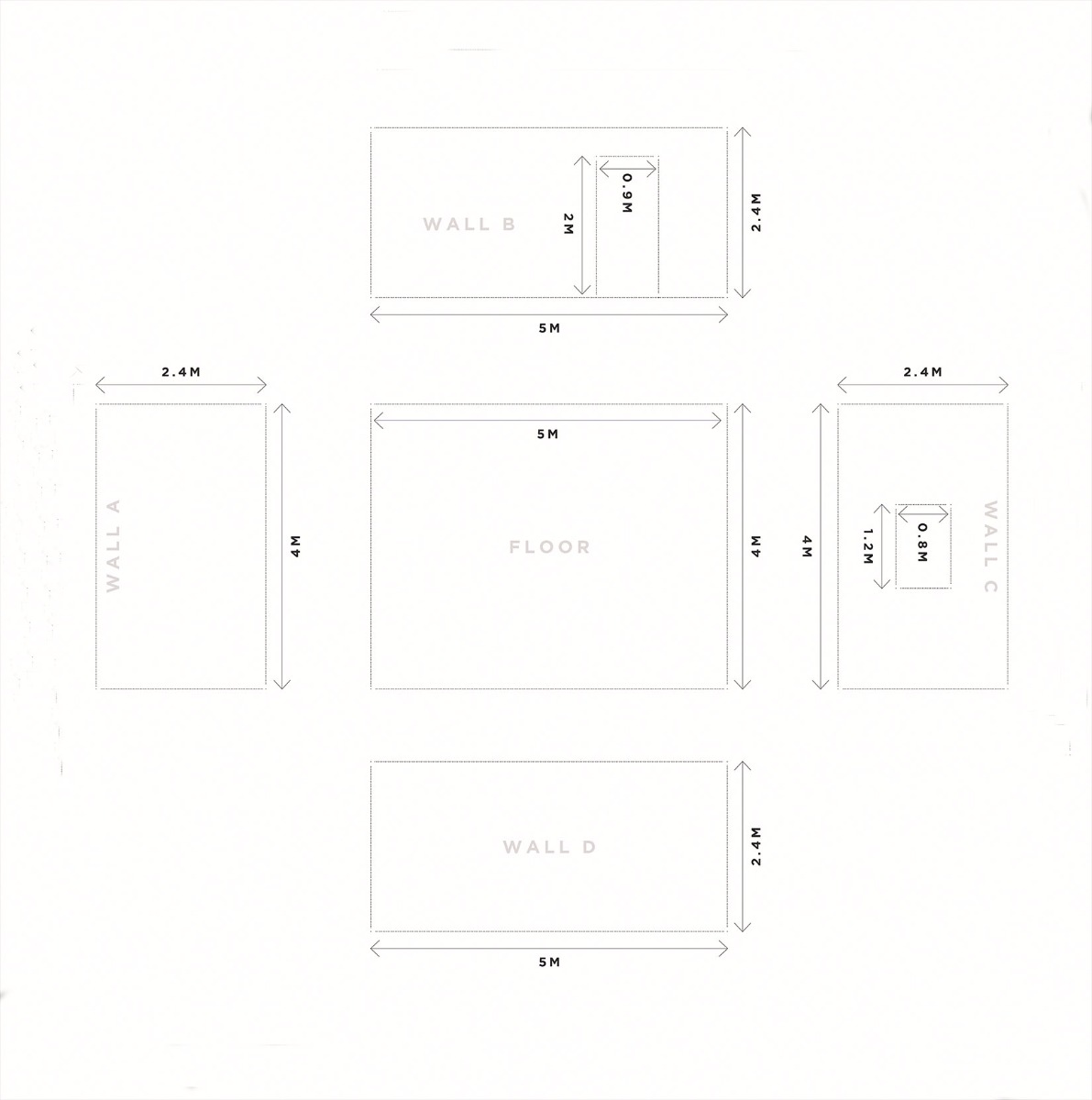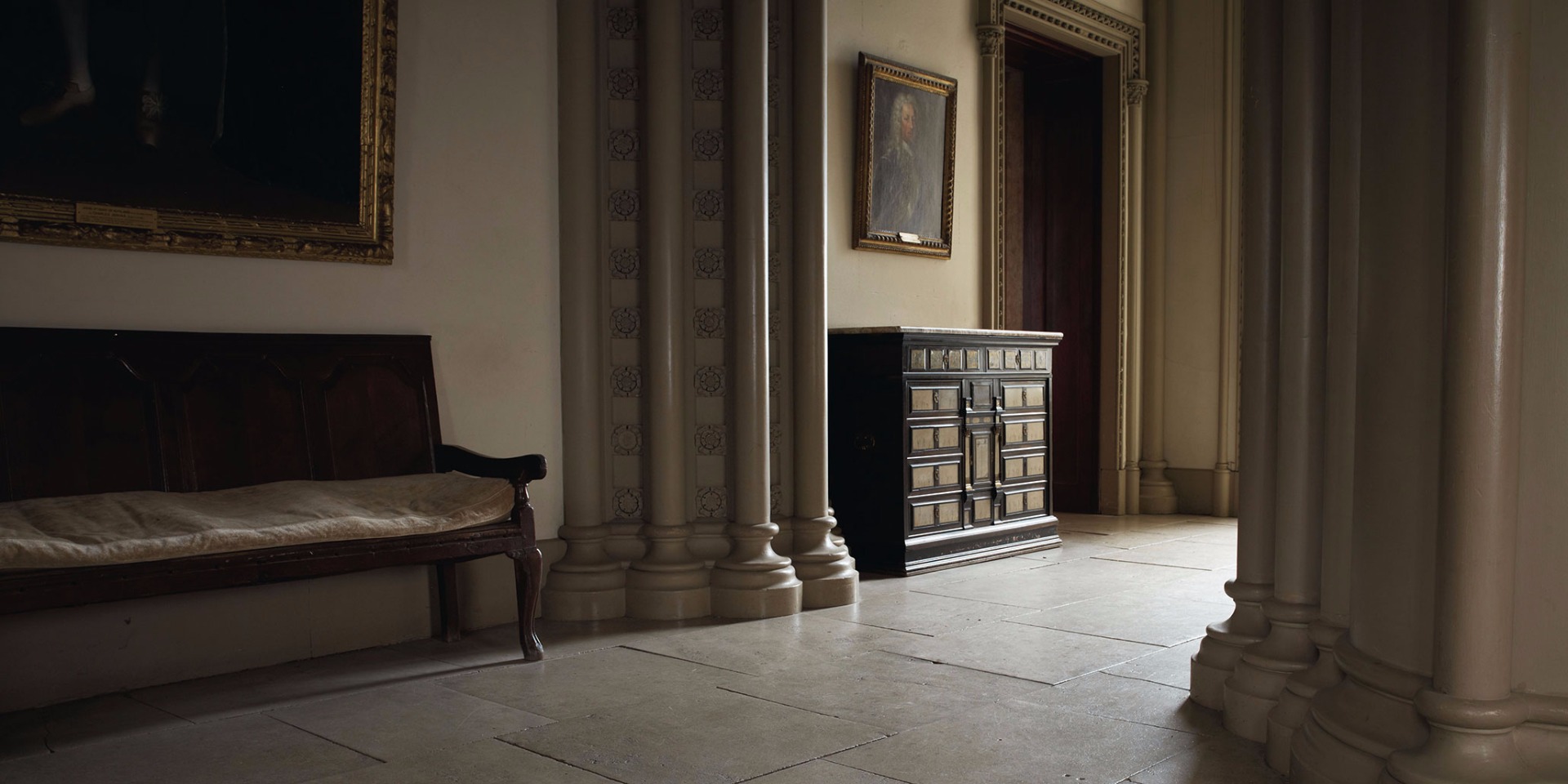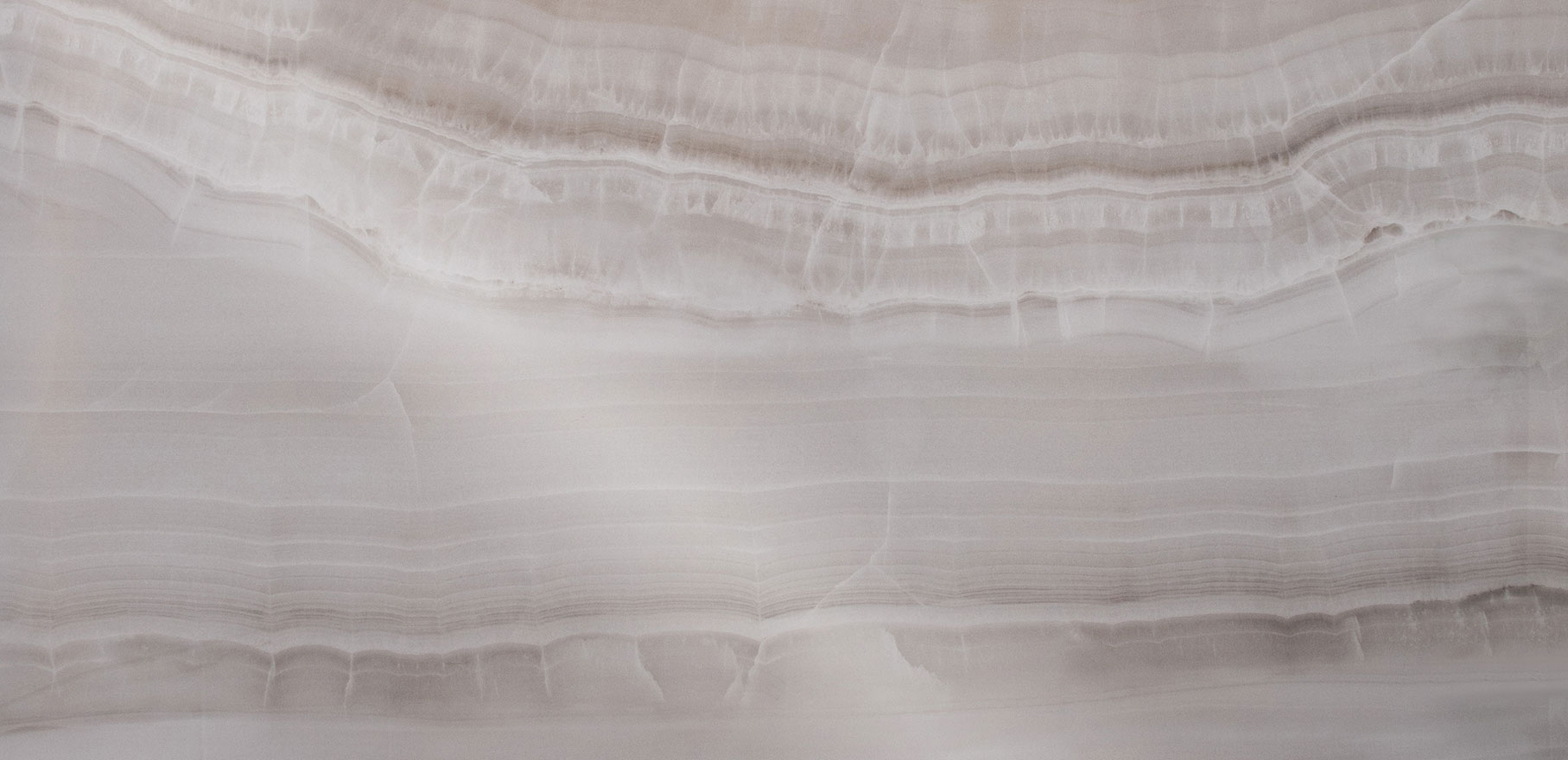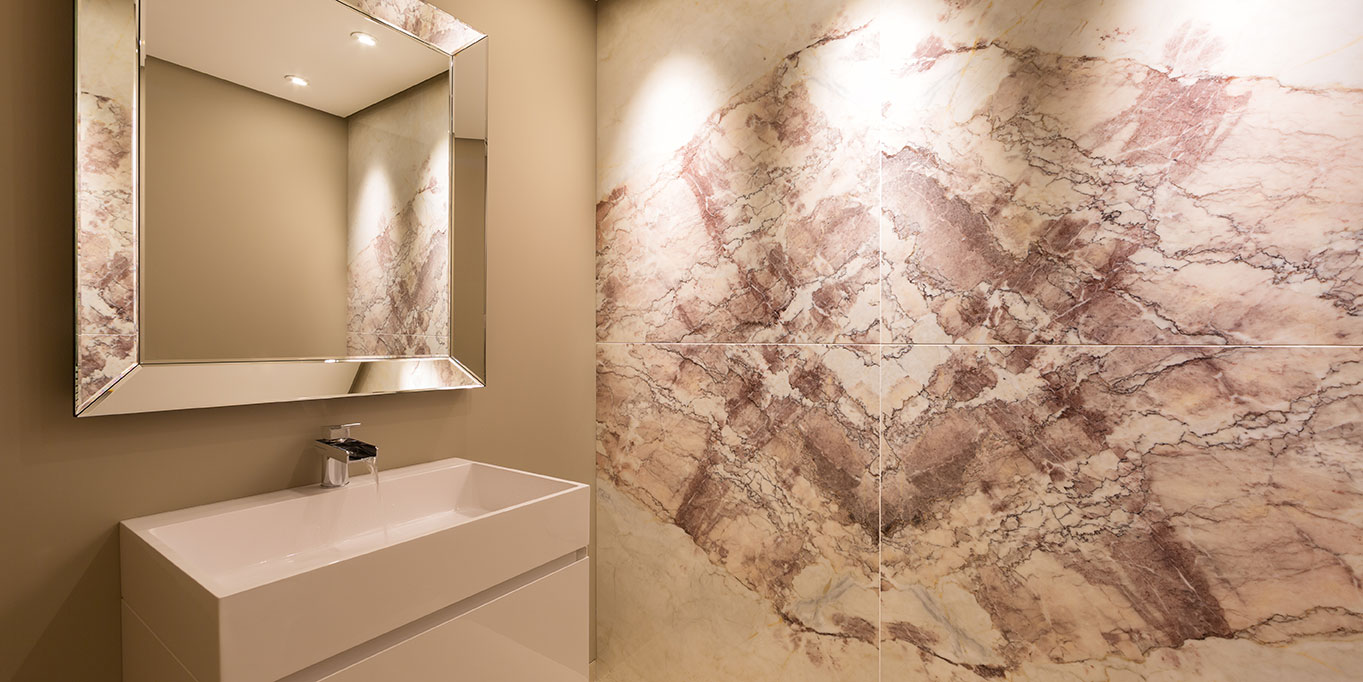The following glossary includes a selection of keywords that you may read about as part of your research or purchase with Lapicida. If you have any further questions on the key words, please contact a member of our Customer Services team who will be able to advise further.
ACID WASHED
Acid washing exposes some of the sand in certain types of stone, giving a rougher texture.
ANTIQUED
An aged, or worn look created by applying various different processes to stone tiles. Not to be confused with genuine antique tiles.
ANTIQUE RECLAIMED
Original stone that has been reclaimed from historic buildings and re-purposed to create antique reclaimed stone tiles.
BRUSHED
An ageing process that generates a smoother and worn appearance to certain types of stone.
BULL NOSE
The semi-circular, half rounded edge usually applied to thicker slabs of stone.
CALIBRATED
Quarried stone cut into even thickness tiles are calibrated tiles. The majority of internal tiles are calibrated, including travertine tiles and white marble stone tiles.
COLOUR SELECT
All natural products carry colour variations. When purchasing our Antique English we offer an additional service to colour select each and every tile to ensure consistency of colour across the whole surface.
CNC
A computer controlled shaping mill capable of cutting virtually any stone into any shape.
CROSS CUT
Cross cut tiles give a cross-section of the stone, which is cut horizontally.
CUSHIONED OR PILLOWED
Edges that gently slope downwards before meeting a sawn edge creating a slight rounding and softening. Often also referred to as a pillowed edge.
DIAMOND CUT OR SAWN EDGE
An edge with a completely sharp 90-degree cut, such as white granite floor tiles.
DURABILITY
A stone tile’s capacity to withstand daily foot traffic and everyday wear and tear. Higher durability stone suits commercial use and high traffic areas of the home. Medium and lower durability tiles for use in most domestic areas. Some low durability tiles should only be used in low traffic areas, i.e., travertine flooring.
FILLED
Resin or grout is used to fill tiles with no naturally forming pits or holes visible in the surface of the stone. They are then honed to create a perfectly smooth tile. Unfilled tiles are often part-filled with grout during fitting giving a textured finish that is not as smooth as factory-filled tiles.
FLAG
A slab-like piece of stone, usually in larger sizes, commonly used externally on patios, driveways and paths. Various styles, edgings and surface finishes are available.
FLAMED
Stone (usually marble or granite) is treated with intense heat to visibly age tiles. The surface becomes lightly distressed and slightly rough. Can also create a non-slip surface for very hard natural stone tiles.
HONED
A smooth matt machined surface finish on stone tiles.
POLISHED
A high gloss finish created at the quarry as part of the production process using machines that buff the tiles to create an evenly reflective surface.
POROSITY
All natural stones absorb moisture. A stone’s susceptibility and ease of which moisture is absorbed is described as its level of porosity. All natural stone tiles have to be sealed to substantially reduce porosity.
RIVEN
Uneven surface finish usually found on flagstones, exterior paving and slate. Splitting of layers of hard stone sediment often creates uneven tiles with a natural surface that has not been machined smooth.
RUSTIC
An overall aged appearance which is either natural in appearance or manufactured to look worn.
SANDBLASTED
Also know as shot-blasted. Sand is sprayed at very high speed onto the surface of stone to generate a non-slip or rough finish.
TUMBLED
Tumbling stone creates an aged look with uneven natural looking rounded edges and a textured surface.
VEIN CUT
Usually refers to travertine cut vertically as opposed to the more common horizontal method. Cutting in the same direction as the layers of sediment reveals lines of different coloured stone.
WATERJET
A high pressure computer-controlled waterjet that is used to accurately cut stone into precise shapes. Often used to cut fine art floors and mosaics.






